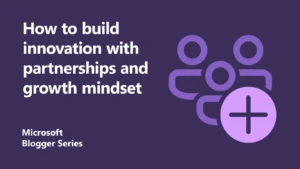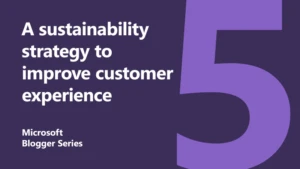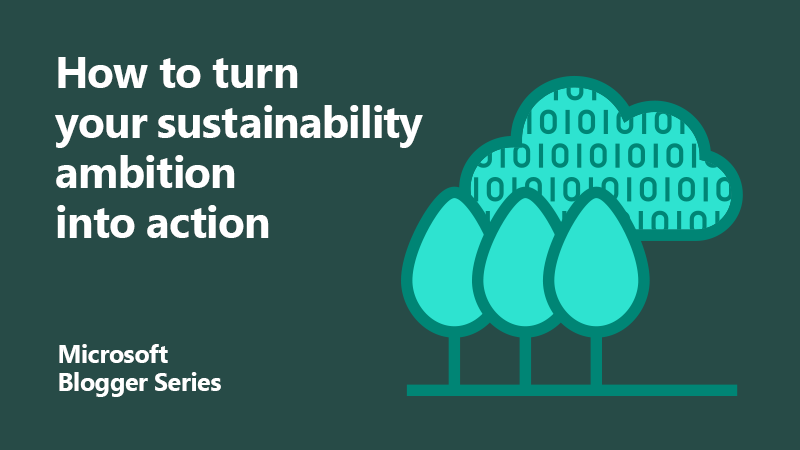
How to turn your sustainability ambition into action
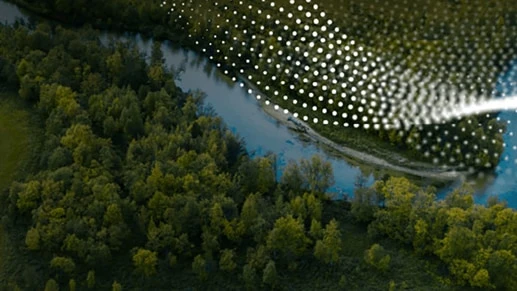
We know from the latest IPCC report on climate change that we have a very narrow window of time to ensure we achieve our global goal of operating within a 1.5-degree climate rise. The impact of not doing so will have devastating consequences for global temperatures, drought impacting food security, and flooding and sea level rises putting lives at risk and destroying precious ecosystems.
We need to achieve our aim of becoming a global net-zero economy and prevent the worst effects of climate change – before it’s too late. As a business community we can, and must, work together to stay on track with our sustainability goals, even in the face of considerable market instability.
Transforming net-zero commitment into strategy
Last year, world leaders left COP26 having made a series of commitments that we pledged to translate into corporate and employee action – and, crucially, deliver on. Yet our own research shows us that half of all UK organisations won’t hit the 2050 net zero target. Additionally, there’s a number of disruptive global events ranging from the war in Ukraine, to fuel, food, and cost of living crises, and, of course, the ongoing recovery from COVID-19 that have challenged overall progress. As a result, there is very real concern that progress may stall even further.
However, despite the significant challenges we face, there have been green shoots of progress, with a variety of organisations already implementing successful sustainable strategies – but we must keep going.
Microsoft’s sustainability journey
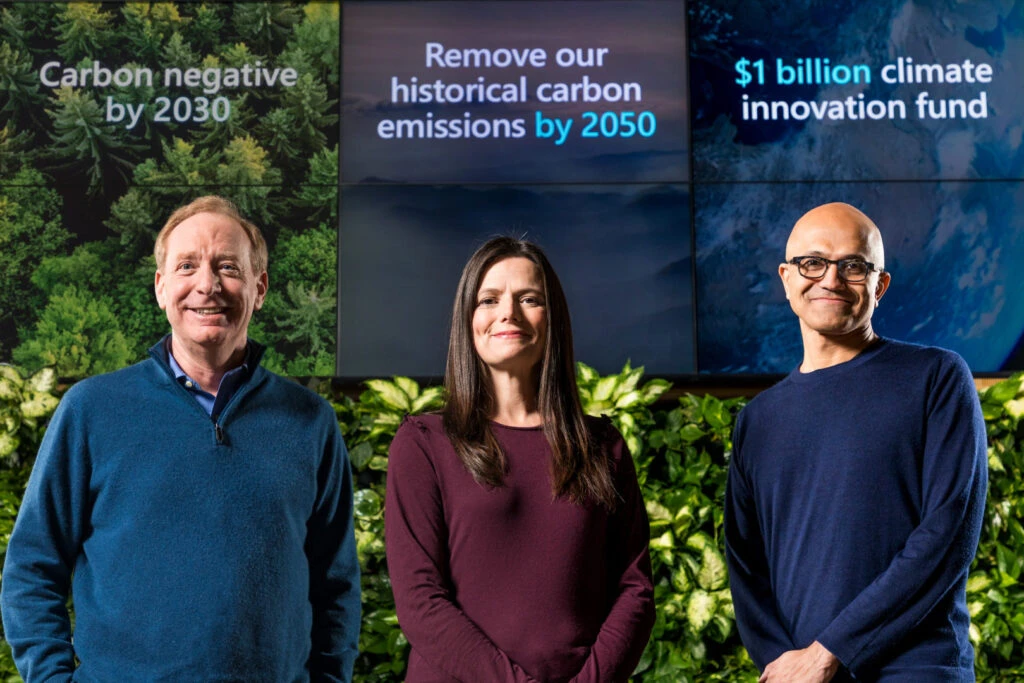
At Microsoft, we too are on this same journey, with lots still to learn. Like others, over the last year we have reported both successes and challenges, but we continue to innovate and apply learnings quickly to our business and our industry.
We’re two years into our 10-year plan to be carbon negative by 2030 and by 2050 to remove more carbon from the environment than we have emitted since 1975. We’re also striving to be water positive, zero waste and to protect and restore more land than we use.
So, how has our strategy evolved and what learnings can we share?
- We set the tone from the top. Sustainability is part of our brand commitment, fully supported by the leadership team and sits at the core of our business. We are a company that pursues profit by solving the problems of people and the planet. And that means making sustainability part of everyone’s role, no matter what that role is.
- We set ambitions based on science. The best available science indicates that every organisation needs to do even more in far less time than we previously thought. That means we need to set goals that align with the science, and we need to be more ambitious.
- We hold everyone accountable for progress and put a governance structure in place to track progress in real time. Governance and accountability are essential here. At Microsoft, we hold our business groups accountable for their carbon emissions. We set measurements and scorecards for each business group’s sustainability commitments across the company and review progress twice a year.
- We report on everything, not just progress. When things go well, we share it alongside guides to help other organisations achieve similar results. And if things go less well, we share that too, so we can all learn and grow together. Our most recent report was published in March, with several important lessons worth reading.
While these are all great steps forward, we’re just a small fraction of total global emissions. So beyond delivering on our own commitments, we must help reduce the remaining 99.97 percent.
The net zero opportunity
In the UK, 60 per cent of FTSE 100 companies are committed to achieving net zero carbon emissions by 2050.
From our own research, we know that 64 percent of UK business leaders say cutting their carbon footprint is part of their organisation’s environmental sustainability strategy. However, the same research revealed that:
The top challenge faced by leaders wanting to move from a position of ambition, to one of action, was the lack of an organisational sustainability strategy.
Most organisations are using offline spreadsheets to organise their data across a myriad of siloed sources. That’s why I’m excited for the general availability of the Microsoft Cloud for Sustainability which helps address these problems.
Unify your data to drive sustainability and operations
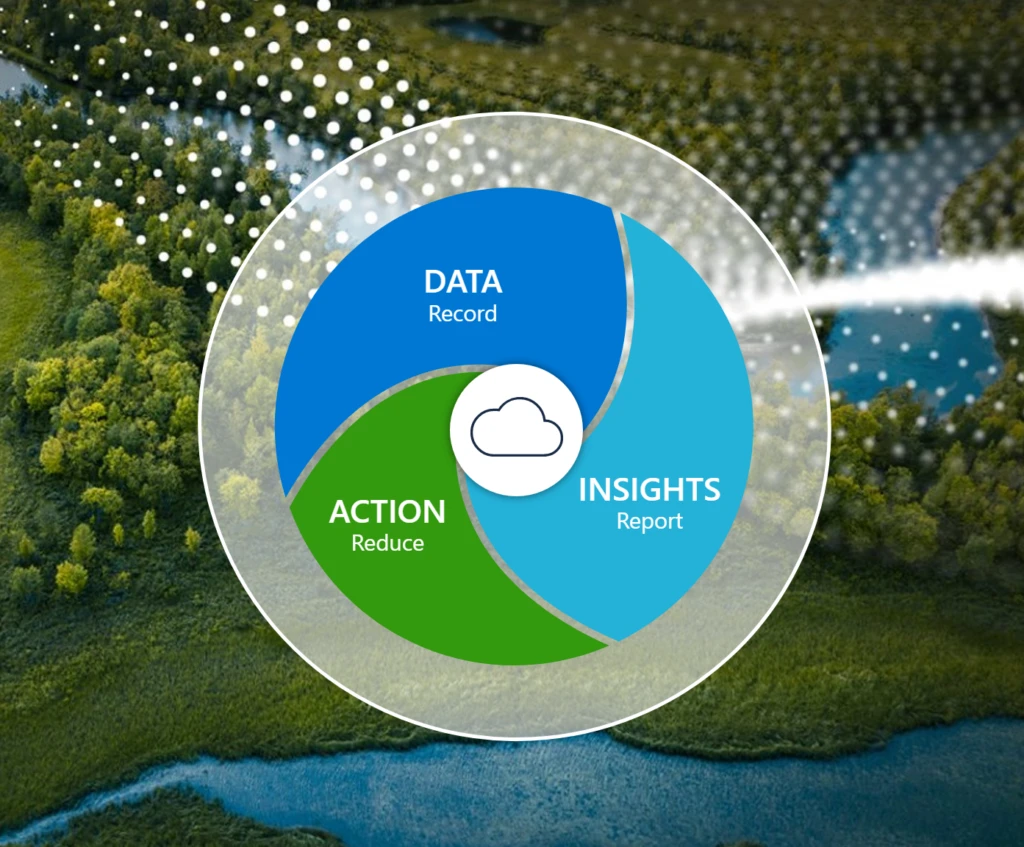
Microsoft Cloud for Sustainability helps unify your data and record, report and reduce your organisation’s environmental impact through a common data model, automated data connections and actionable insights. This improves visibility across your value chain, which can account for up to 90 percent of the average organisation’s resource footprint.
By bringing together first-party and third-party capabilities, it can help build a more sustainable IT infrastructure. Solutions like Microsoft Sustainability Manager can help you monitor and manage your environmental sustainability journey end to end, or the Emissions Impact Dashboard application provides transparency into emissions produced from your use of Microsoft cloud services.
And through our work with partners using advanced analytics, machine learning, and virtual models in the cloud, we’re also helping your organisation reduce the environmental impact of operations and create sustainable value chains.
Together with our partners, we’re providing the foundational intelligence and data management capabilities you need to face complex capital allocation decisions with agility and confidence, while weighing ESG commitments, growth, and shareholder value criteria.
Combine culture and technology for a successful strategy
Microsoft Cloud for Sustainability creates a common carbon language and broad technology ecosystem needed to support your sustainability strategy. It can also help you develop better data assets and use better digital tools to drive digital modernisation.
But it’s not just the solutions that will help you reach your sustainability goals. It’s also a culture of transparency and accountability. As leaders, we have a role to play in creating the right type of environment. We must follow through with action to trigger the changes we need to see in the world.
No matter where you are in your journey, the right culture and the right tools will help all of us go further and faster when it comes to sustainability.
Find out more
Microsoft Cloud for Sustainability
Accelerate sustainability progress and business growth
Resources to empower your development team
Sustainable software engineering learning path
About the author

Musidora joined the Microsoft UK Senior Leadership Team in February 2022 as Chief Sustainability Officer. She is accountable for driving sustainability outcomes for our customers, partners and internally. Prior to that, Musidora spent three years at Salesforce setting up and leading the Energy and Utilities Go to Market. She has extensive experience of the technology industry across hardware, consulting and software sales, over the past twenty years.
She featured on Computer Weekly’s list of most influential women in technology in 2021, was named one of the top 100 female future leaders in 2020 by INvolve and Yahoo Finance UK, and was included in Kindness & Leadership’s Rising Star list for 2020.
Musidora is passionate about D&I and particularly in supporting more women in the STEM industries. She is an active coach, mentor and sponsor both inside and outside of the industry.

